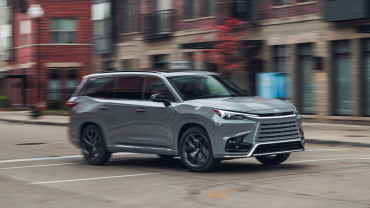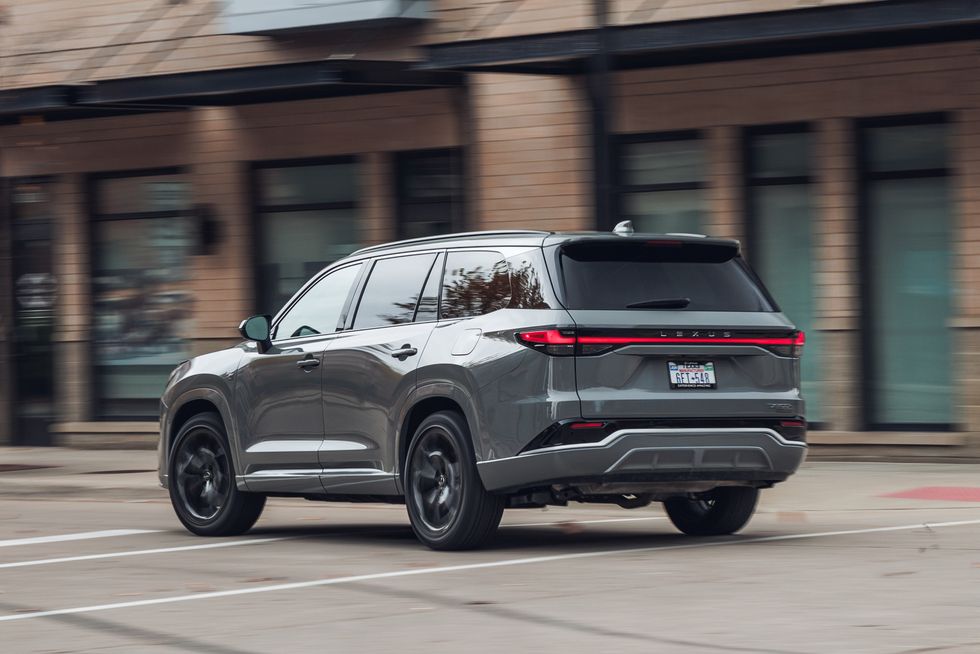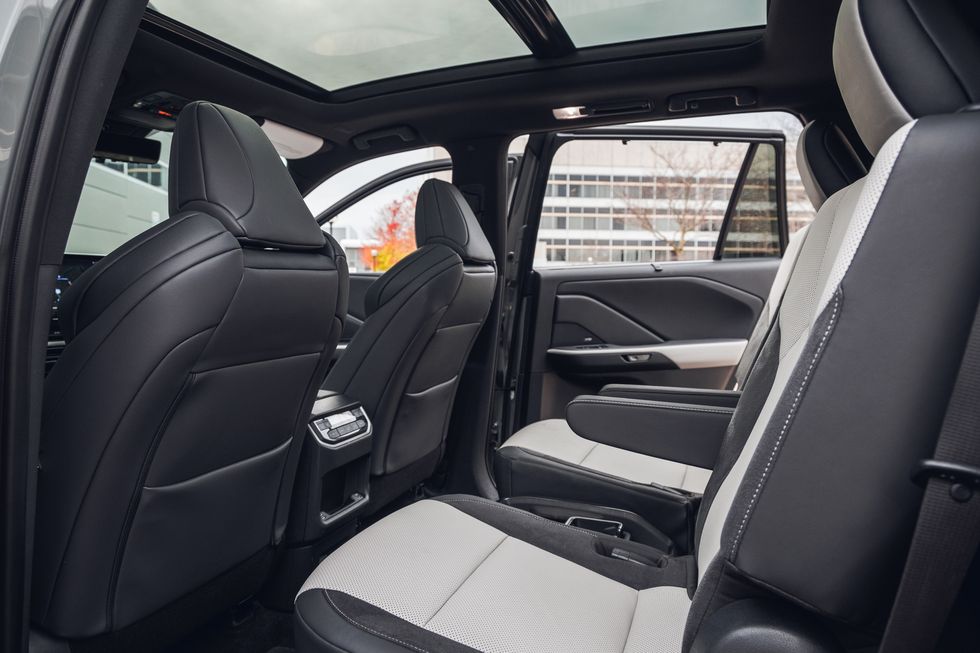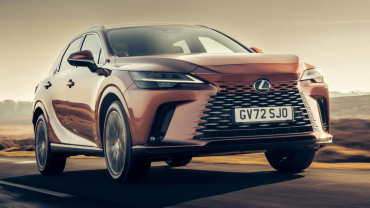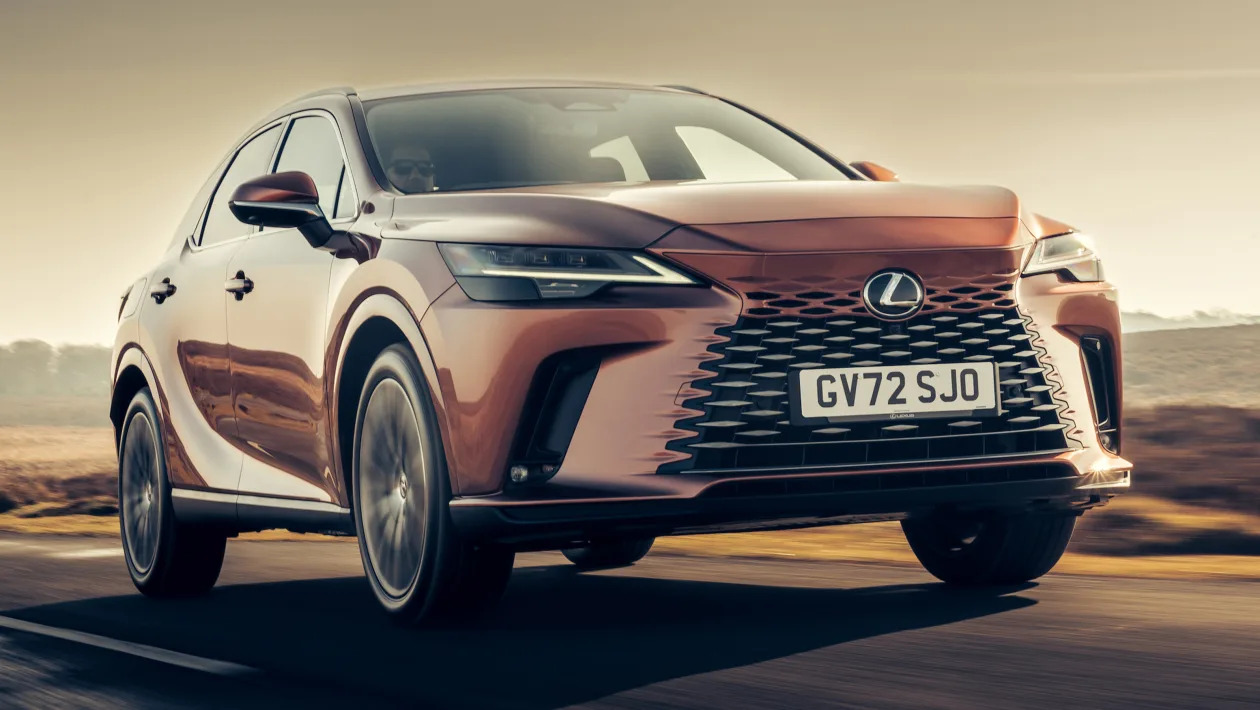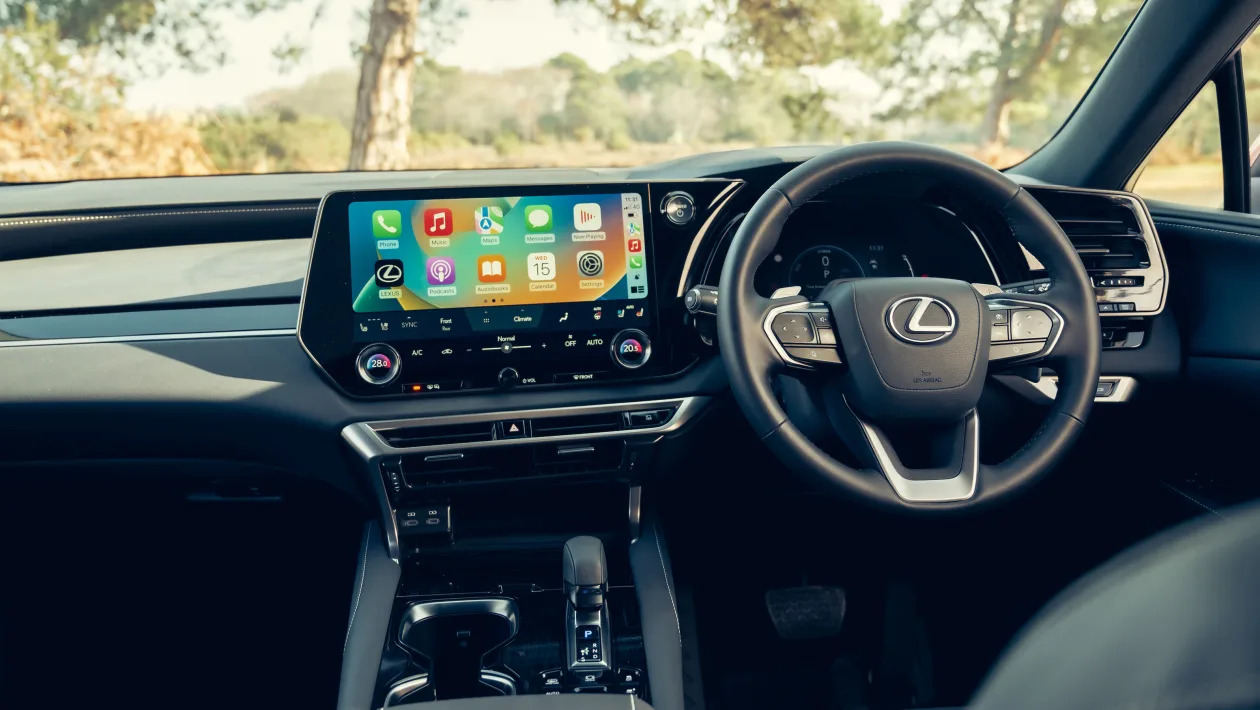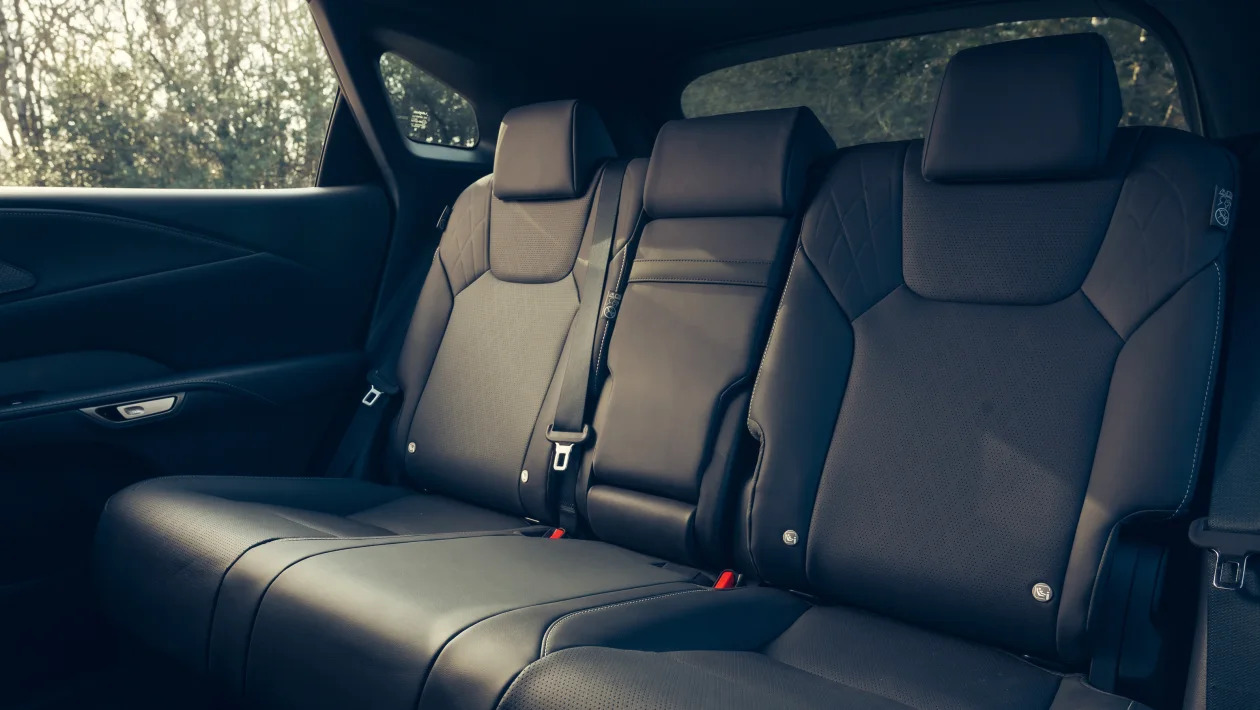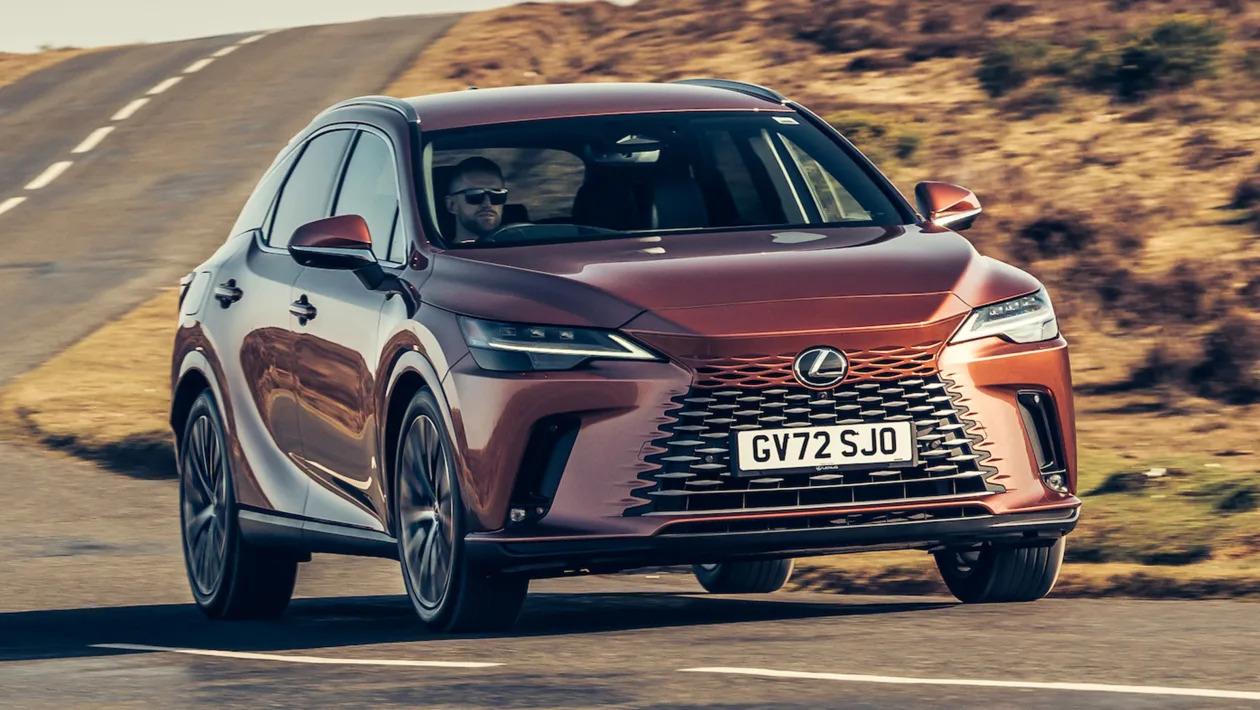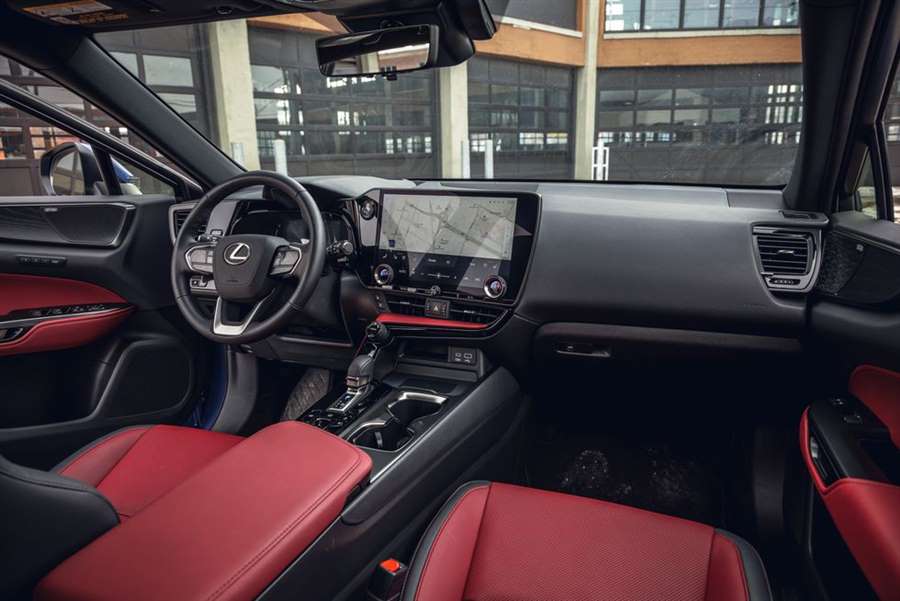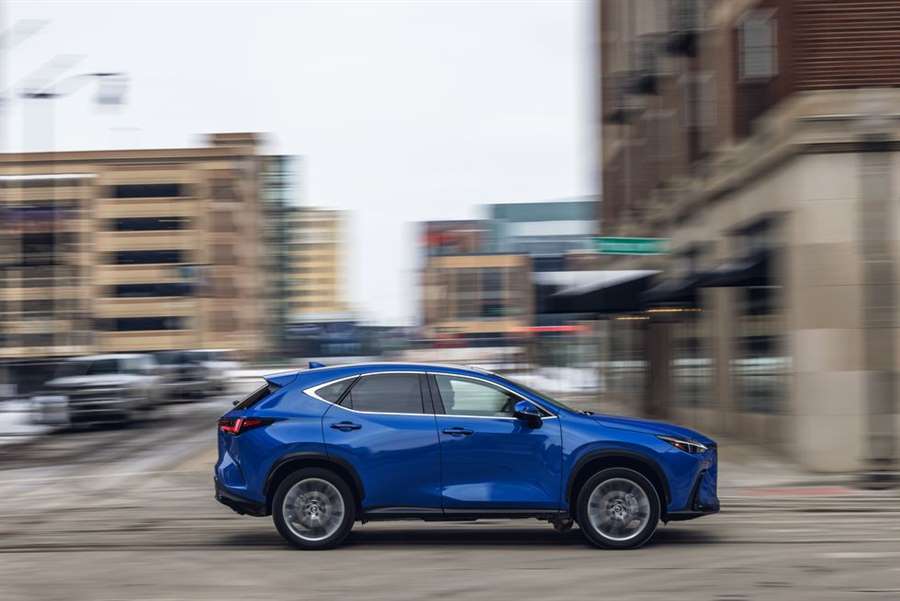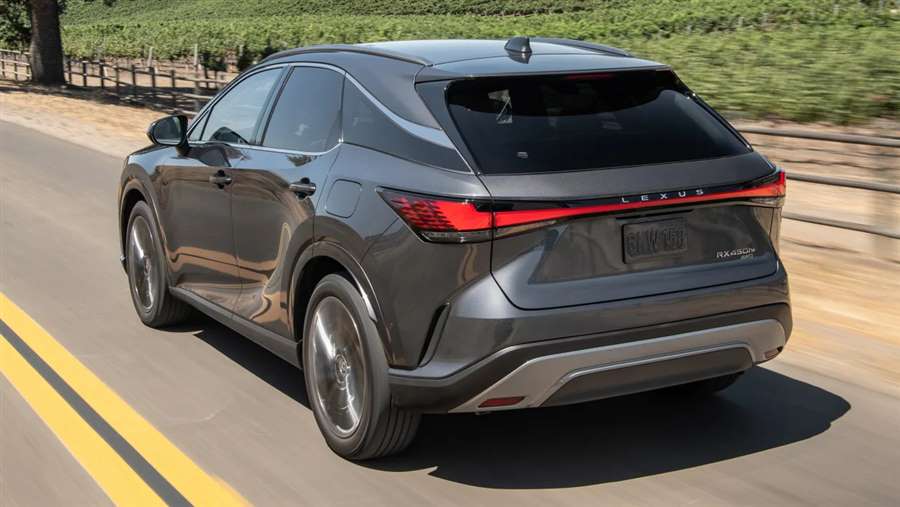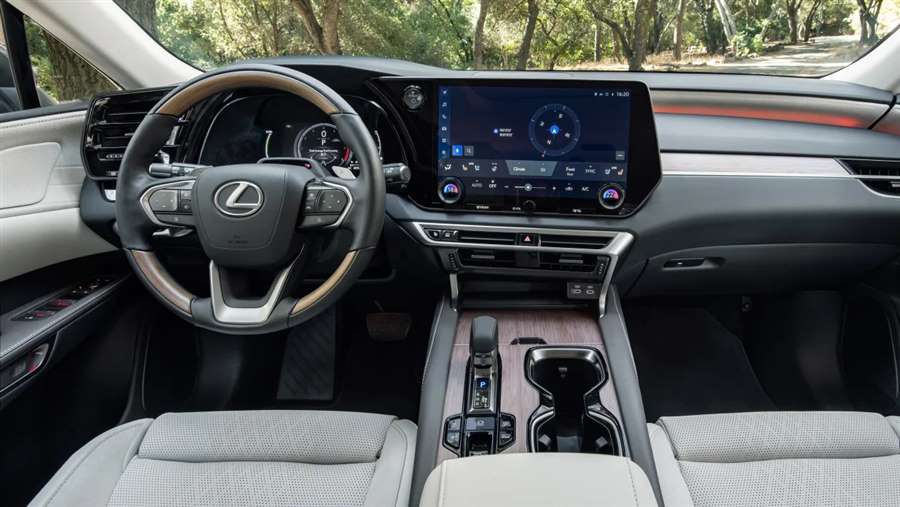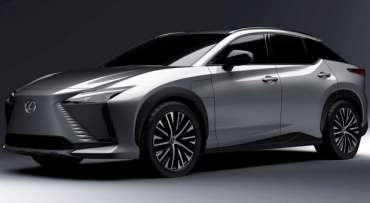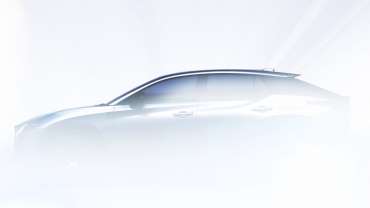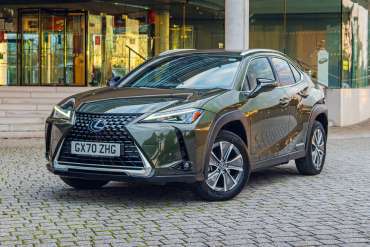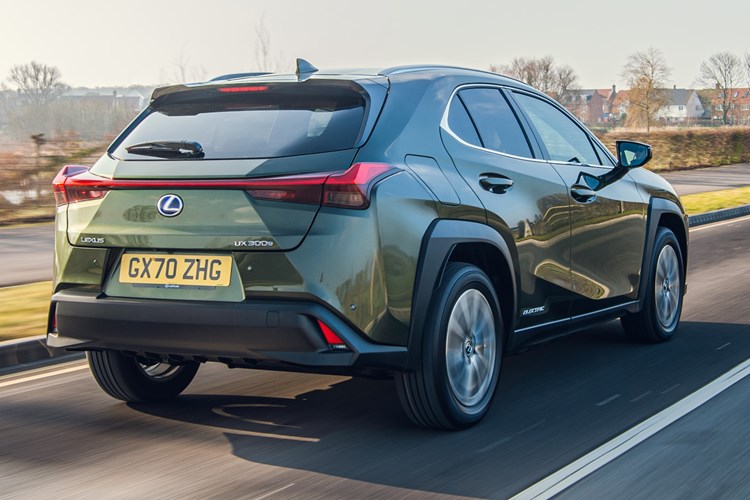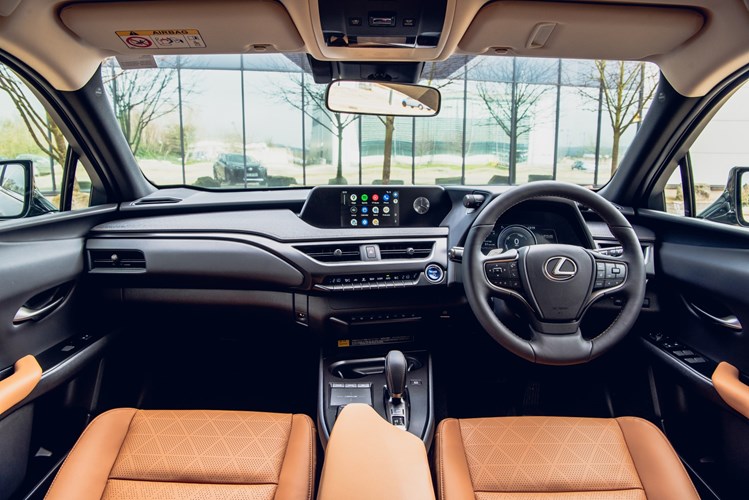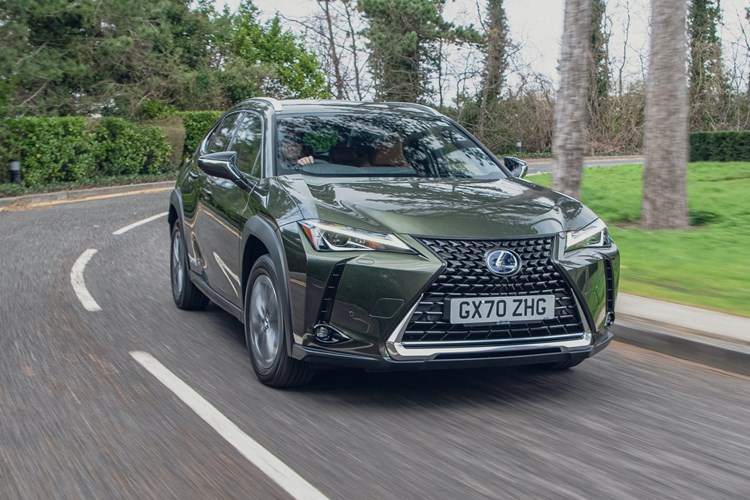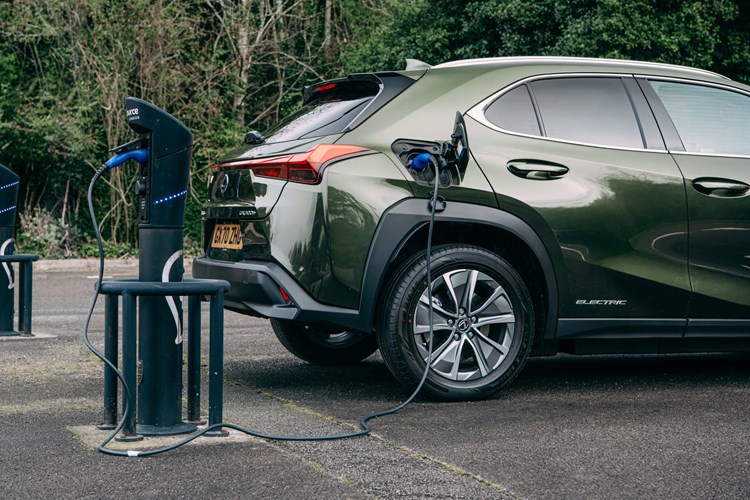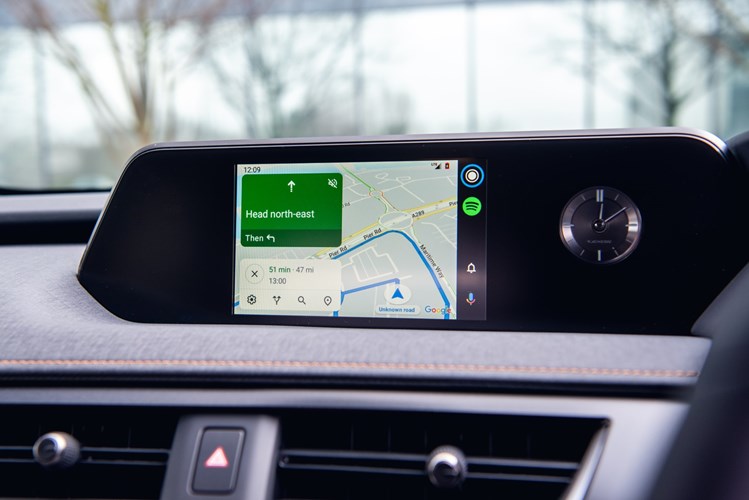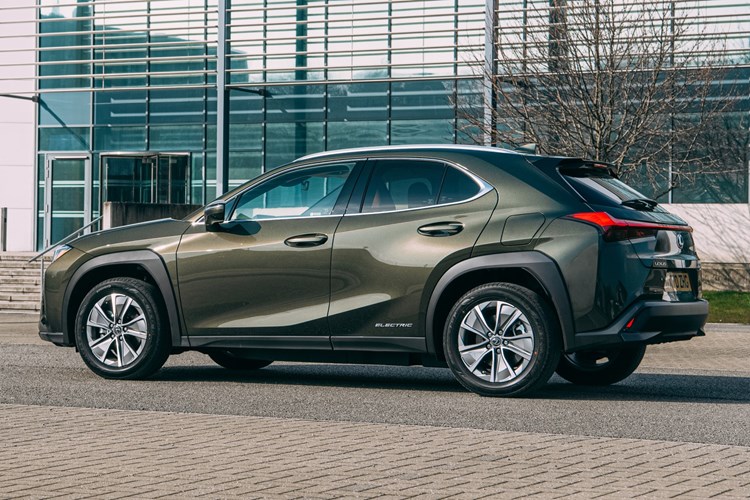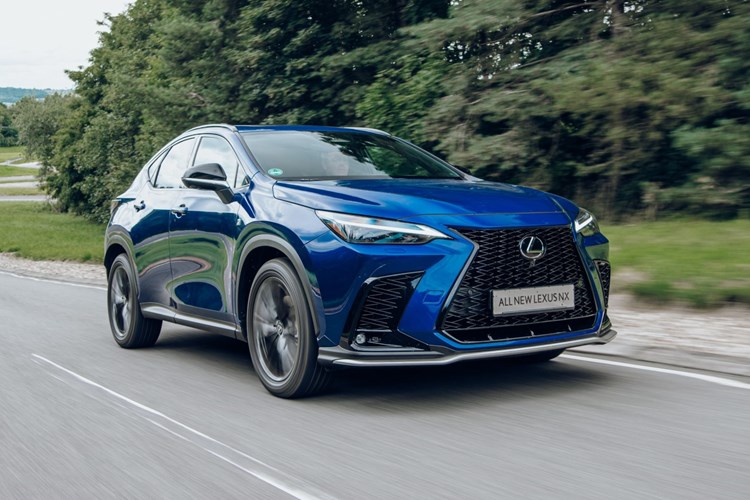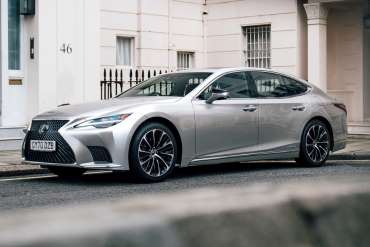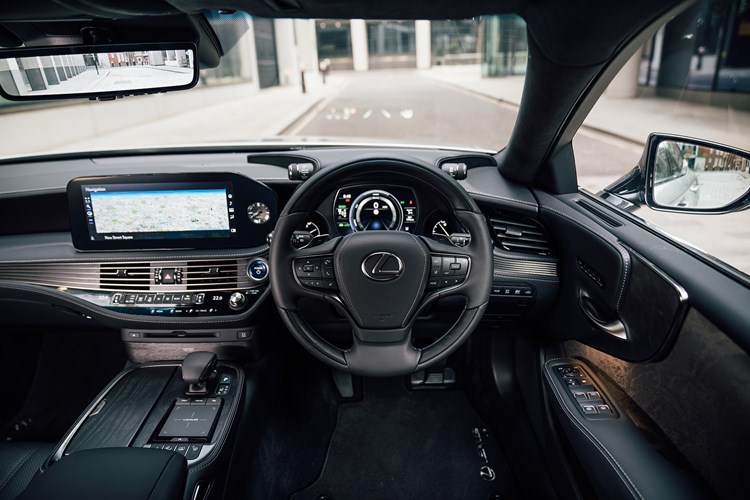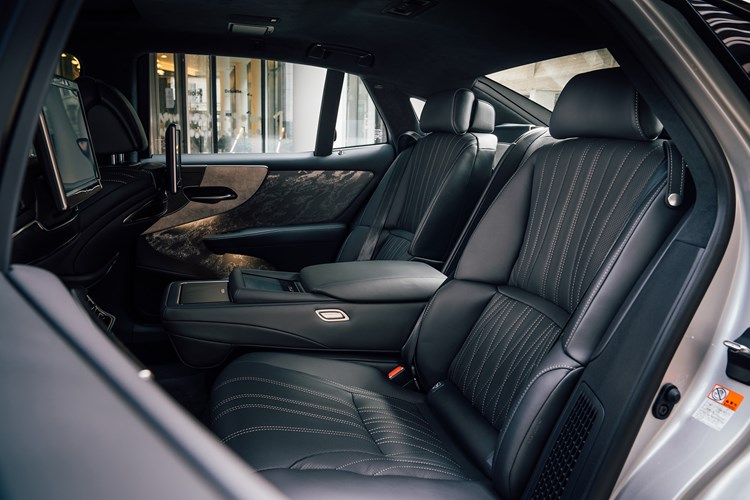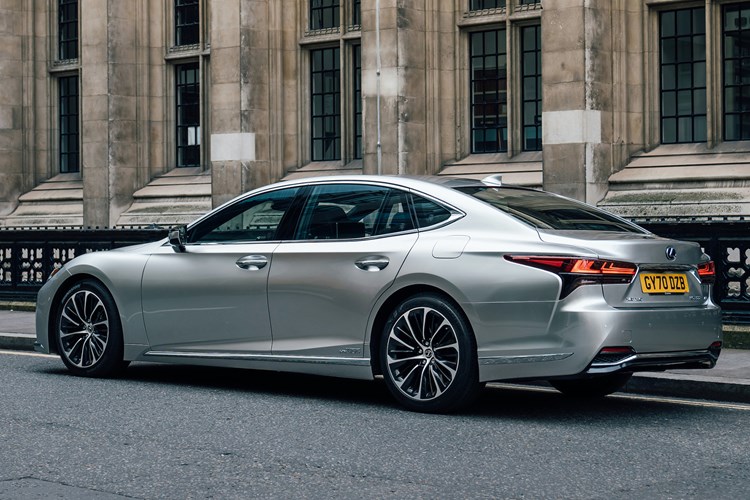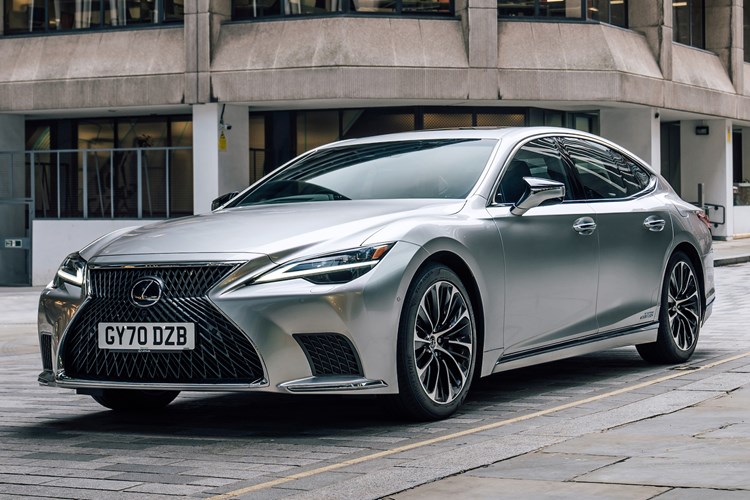Is the Lexus NX any good?
This is the new NX – Lexus’ answer to the likes of the BMW X3, Range Rover Evoque, Audi Q5 and Volvo XC60.
The old car was a big-seller for Lexus and the new model certainly hopes to inspire the same reaction. On paper, all looks promising. It’ll be available as a hybrid or a plug-in hybrid – Lexus’ first – and all models debut the brand’s new interior design, complete with shiny new infotainment.
Lexus says 95% of the car is new compared with its predecessor, but the styling hasn’t changed much in the process. It’s still a striking-looking thing, with a front end dominated by the brand’s signature ‘Spindle’ grille, while the sides and rear feature interesting surfacing. A full-width taillight dominates the tailgate.
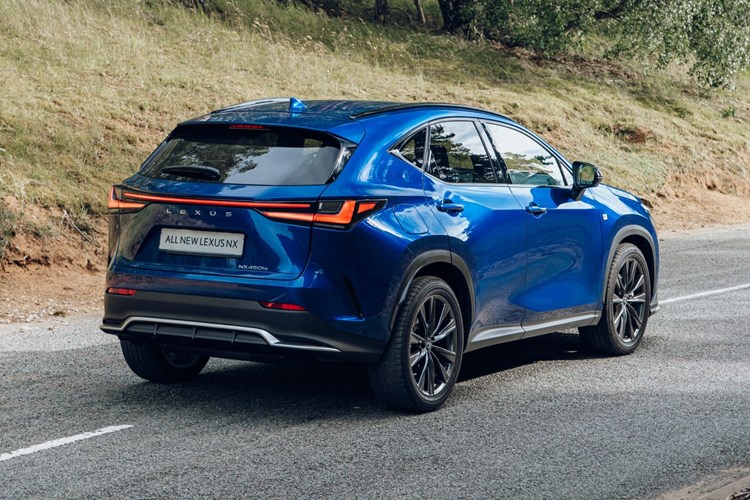
We can absolutely say that this is a big improvement over the car it replaces – it’s better to drive, higher-tech, but retains Lexus hallmarks like comfort and reliability, backed up by up to 10 years of warranty cover. But is it as good as the competition?
What’s it like inside?
Lexus has given the NX a complete interior redesign, and while some aspects are recognisable from existing Lexus models the overall structure and shape is new and exciting.
The cockpit architecture is based around a concept called ‘Tazuna’ – supposedly mimicking how a horserider can control their steed through a single rein. Luckily, the NX retains a steering wheel and pedals, but it does mean the cabin has a strong driver focus, with controls closely grouped around the driver’s seat and the infotainment angled towards it.
Infotainment has been a stumbling block in Lexus models for at least the last decade thanks to the firm’s insistence on operating it via a joystick or later, a touchpad. We’re pleased to report that the all-new Lexus infotainment system, now fully touchscreen, works a treat.

It’s controlled via a massive 14-inch screen (lower-spec models will have a 9.8-inch screen, but Lexus doesn’t expect to sell too many of those) which is bright, sharp and clear. The interface, though not as immediately intuitive as the system on a BMW X3, is nonetheless easy to navigate through and reasonably responsive.
It’s a vast improvement on what came before and we can’t wait for more Lexus models to feature the new system.
Less nice to use are the new steering wheel controls, which are unmarked and multifunctional – you need to look in the head-up display to figure out what does what, and it felt quite awkward.
Of course, a family SUV can’t just be nice for the driver. The NX has plenty of room in its rear seats and a 545-litre boot – that’s just a little smaller than the competition but it’s in no way cramped. And material quality is peerless all round. This is a very nice place to sit, though we must admit the sports seats in our F-Sport test model were slightly huggy for those who are wider in the withers.
What’s it like to drive?
We tested the plug-in hybrid NX 450h+ model. This uses a 2.5-litre petrol engine paired up to electric motors and a large battery pack sitting under the floor.
The engine and one electric motor drive the front wheels, while a separate motor drives the rears – giving the NX an electric four-wheel drive system.
Total system output is 309hp and 227Nm of torque – healthy numbers both, and with the electric motors providing plenty of get-up-and-go from a standstill the NX 450h+ will get from 0-62mph in just 6.3 seconds.
And being a plug-in hybrid, it’ll run as a pure electric vehicle if the batteries are topped up. Lexus claims a 42-mile electric range on mixed roads, or up to 55 miles of purely urban mileage. That’s just slightly better than the Range Rover Evoque PHEV’s 41-mile mixed figure and it’s significantly more than the 34 miles that the BMW X3 xDrive30e can muster.
Charging up takes just two hours and 45 minutes using a home wallbox, and Lexus will provide these free of charge to customers who place an order in 2021.
Running on electric can often display refinement issues – with no engine to drown out wind and road noise it becomes more prominent. That’s no issue with the NX, which remains impressively silent whether the engine’s off or on. Even switching into Sport mode doesn’t make things too raucous.
Don’t think the Lexus NX is a sporty SUV, though. Its focus – even in models covered in ‘F Sport’ branding – is on comfort and ease of driving. The healthy power output isn’t there to tackle a B-road with aplomb, it’s there to make joining a motorway effortless. The handling reflects this, as it’s tidy and precise but far from engaging.
What models and trims are available?
There will be three model grades and several options ‘packs’ to add. The unnamed base-spec car is still very well-equipped – it comes with the smaller 9.8-inch touchscreen, but still gets all-round LED lights, heated front seats, a powered tailgate and 10-speaker stereo.

You can add a Premium pack to this with keyless entry, privacy glass, ambient lighting, a wireless phone charger and electric seats, or a Premium Plus pack that gives you larger alloy wheels, digital instruments, seat ventilation and a headlight upgrade, among others.
There’s also a sporty F Sport model which has a styling upgrade with black details and new badging plus adaptive suspension and unique alloys, to which you can add a Takumi pack with a digital rear-view mirror and an upgraded Mark Levinson sound system.
At the top of the range is Takumi spec, which has just about everything already mentioned plus a sunroof, wooden interior inlay, automated parking and another new alloy wheel design.
Safety equipment is a real focus of the NX regardless of model. Every single model comes with adaptive cruise control, autonomous emergency braking, lane-keeping assist, road-sign assist and automated high beam. Higher models add front cross traffic alert, lane change assist, blind-spot monitors and automated parking.
There’s also e-latch – electronically actuated door handles which will actually refuse to open if they detect something in their blind spot, aiming to prevent you from opening your door into an unsuspecting cyclist or pedestrian.
A final nice touch is that the NX is available in a wide array of real colours – not just monochrome shades.
What else should I know?
The NX is available with Lexus’ ‘Relax’ warranty. That means, as long as you service it at Lexus dealers, you can have up to 10 years and 100,000 miles of cover, and that’s transferable to the next owner. At the moment, that’s the best warranty in the business – and it shows Lexus has total confidence in its cars. Something that’s well deserved, as they often top the charts in reliability surveys.
Running costs with a PHEV depend mostly on your charging behaviour, so the combined WLTP figure of up to 313.9mpg for the 450h+ is a little meaningless. But CO2 emissions as low as 21g/km mean Benefit-in-Kind tax is extremely low, even among similar plug-in hybrids.
(https://www.parkers.co.uk/lexus/nx/suv/review/)


